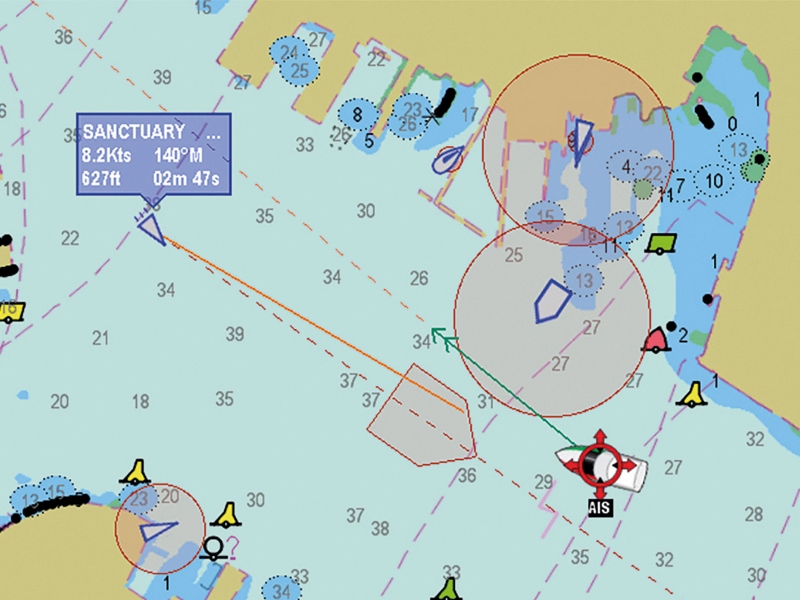More than half of all U.S. towing vessels are transmitting inaccurate data on the Automatic Identification System (AIS), and operators must correct errors to comply with Subchapter M regulations, the Coast Guard warned.
“During the month of June 2018, over 50% of towing vessels operating in U.S. waters transmitted incorrect AIS data, and an alarming number of these vessels did not accurately report their dimensions or broadcast a properly assigned MMSI (Maritime Mobile Service Identity) number,” reported Lt. j.g. David Turay of the Coast Guard Navigation Center, writing on the Maritime Commons blog this week.
“Failure to accurately report a vessel’s dimension significantly increases the risk of collision, especially in congested waterways or during low visibility conditions,” Turay wrote. “Knowing the location of the bow in addition to the overall length of the vessel and associated barges is crucial to help approaching vessels react and maneuver appropriately. This is especially important when visibility is limited.”
With the July 20 deadline for Subchapter M compliance fast approaching, Turay stressed the new safety rules include maintaining correct AIS information, “which includes the broadcast of a properly assigned MMSI and all other AIS data fields.”
Data falls into three categories: Static, Dynamic, and Voyage-related Data. The Maritime Commons post offers a quick guide.
Static Data is information that must be programmed into the AIS at installation and is verified periodically. Static Data includes: Maritime Mobile Service Identity (MMSI); vessel type; vessel name; call sign (if assigned); IMO or Official Documentation Number (if assigned); and antenna location (which is also used to provide vessel dimensions).
Dynamic Data, such as position, course, speed, heading, and rate of turn is autonomously acquired from external or internal sensors including GPS, speed log, heading device or gyro. Dynamic Data is continuously broadcast every few seconds. Proper installation and operation of all sensors is critical to the proper operation of AIS and the accuracy of the information it exchanges.
Voyage-related Data including navigation status, static draft, destination, and estimated time of arrival, is manually entered and should always be kept up to date.
Navigation status must be updated throughout the course of a voyage. Vessels underway broadcast every 2-10 seconds, whereas vessels that are moored or at anchor broadcast every 3 minutes. Moored vessels that use an underway navigation status consume significantly more NAIS bandwidth. Bandwidth and throughput are crucial factors that may affect the response times of first responders that use NAIS information. Vessels should use the correct navigation status to remain compliant with federal regulations and to ensure NAIS performs at optimal levels.
to these new regulations in addition to the existing regulation for all AIS users, the AIS Carriage Requirement found in 33 CFR 164.46d(2). It requires vessel AIS to be maintained in effective operating conditions, which includes the broadcast of a properly assigned MMSI and all other AIS data fields.
Fortunately, the AIS carriage requirement is one of the easiest regulations to meet before scheduling vessel inspections.
To assist AIS users, the Coast Guard has promulgated a two-page AIS Encoding Guide. The Navigation Center is also the home of the Vessel Information Verification Service (VIVS), a web-based self-help tool that allows users to check their vessel’s AIS data. VIVS search results will highlight any suspected AIS static data discrepancies. Towing vessel operators can then use this information to make any necessary corrections before scheduling vessel inspections.




